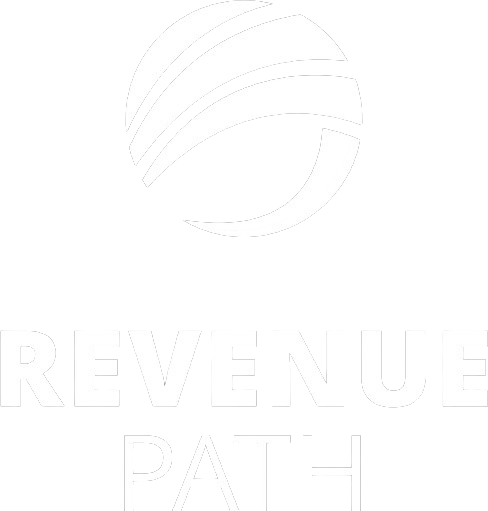In the whirlwind of the digital age, businesses are facing a pivotal shift: transitioning from traditional to digital marketing. This evolution isn’t just about staying trendy; it’s a strategic move to harness the vast potential of digital channels for reaching and engaging with a wider audience more effectively. Let’s embark on a journey to demystify this transition, offering a blueprint for businesses ready to make the leap into the digital marketing realm.
The Digital Imperative
Why make the shift? The digital landscape offers unparalleled opportunities for targeted, measurable, and cost-effective marketing strategies. Unlike traditional marketing, digital platforms provide real-time insights into campaign performance, enabling businesses to adapt quickly and optimize their marketing efforts for better results.
Blueprint for a Successful Transition
- Strategic Planning: Begin with a clear plan that aligns digital marketing objectives with overall business goals. Identify target audiences, digital channels that resonate with them, and the key messages to convey.
- Skill Development and Training: Equip your team with the necessary digital marketing skills through training and workshops. Understanding the nuances of SEO, social media, content marketing, and data analytics is crucial.
- Investing in the Right Technology: Leverage tools and platforms that facilitate digital marketing efforts. CRM systems, analytics tools, and marketing automation software can streamline processes and enhance campaign effectiveness.
- Content is King: Develop a content strategy that engages and adds value to your audience. High-quality, relevant content is the cornerstone of successful digital marketing and helps establish your brand as a thought leader in the industry.
- Data-Driven Decision Making: Use analytics to guide marketing decisions. Track campaign performance, customer behavior, and market trends to refine strategies and improve ROI.
- Customer Engagement: Foster strong relationships with your audience through regular interaction and engagement on digital platforms. Personalization and responsive communication can enhance customer experience and loyalty.
- Agile Methodology: Adopt an agile approach to marketing, allowing for flexibility and rapid response to market changes and customer feedback. This iterative process encourages continuous improvement and innovation.
Real-World Examples: Digital Success Stories
Consider a local bookstore that transitioned to digital marketing, leveraging social media to engage with their community, host virtual events, and promote online sales. Their digital shift resulted in a 50% increase in online sales within six months, showcasing the power of effective digital engagement.
Overcoming Challenges in the Transition
Transitioning to digital marketing can present hurdles such as budget constraints, skill gaps, and resistance to change. Overcoming these challenges involves strategic investment in technology and training, fostering a digital culture, and demonstrating the tangible benefits of digital initiatives to all stakeholders.
Conclusion: Embracing the Digital Marketing Era
The transition from traditional to digital marketing is not just a tactical shift; it’s a strategic evolution that opens up new avenues for growth and engagement. By embracing digital tools and methodologies, businesses can achieve greater market penetration, enhanced customer insights, and improved marketing ROI.
In the era of digital dominance, understanding and integrating digital marketing strategies is imperative for businesses seeking to stay relevant and competitive. This journey, while challenging, offers a pathway to transformative growth and success.

